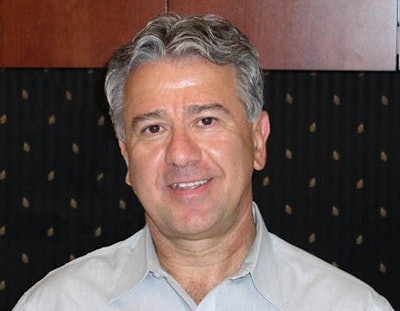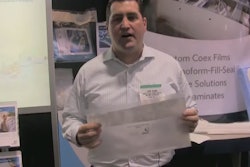
The academic preparation of future packaging professionals has to evolve in ways to enable packaging technologists to be influential in all phases of the product and package supply chain.
The current state of academic packaging education provides the fundamental training for a project assignment on packaging material and package format specifications. This traditionally has been an effective way to assess the talent and define a career path for the junior packaging technologists, which may lead to either a technical specialty or management.
Factors such as job opportunities, career aspirations, mobility, and interpersonal skills play important roles in the early shaping of packaging careers.
There is a growing concern that the consumer goods industry and the junior packaging professionals are not confident that this model of education is adequate to meet the growing challenges of the industry and the future aspirations of packaging professionals. Since consumer products manufacturers operate in a key intersection of materials conversion (raw, commodity, and specialty ingredients) and finished product distribution and merchandizing, their technical packaging resources play an important role in handling technical information that is not easily accessible to either side of their vast supply chain.
In a typical package development process for capital projects, the specifications of product, packaging equipment, and packaging materials are usually developed by different experts working as a team. Equipment suppliers and material converters usually do not represent the same business. Package style and functionality are not always disclosed to the material and equipment suppliers. Consumer preferences are not readily discussed with material and machine vendors. It is the packaging technologist who interacts with the quality, safety, manufacturing, engineering, procurement, and marketing functions throughout the development and execution of capital projects. The critical moment of the packaging professional’s role is during the start-up of the new packaging line, when any malfunction in the new operation can trigger a hot debate of “whose fault is it.” The role of the packaging technologist in that situation cannot be underestimated.
To successfully play that role, packaging professionals need to seek multi-disciplinary development. Academia should offer that opportunity, and the industry must define needs and support graduate programs via grants, research fellowships, and employment opportunities.
Some examples of emerging needs in the packaging industry are:
• High-speed equipment operating with light-weight films with challenges in forming, sealing, web handling, and laser coding.
• Modular design lines with quick change-over features handling variable size, count, configuration, and styles of packages.
• Integrated product processing/packaging systems with intelligent adjustments to accept various product specifications at high operation efficiency.
• Introduction of a new generation of packaging materials (i.e., sealants of modified filler composites, films of advanced crystallization techniques, functional coatings, specialty additives, adhesives, and in-line activated scoring).
• Line-integrated unit operations for easy-open, reclosable systems, embedded conductivity/resistivity, and interactive graphic features.
• Structural design of secondary packaging and merchandizing assembly to ensure functionality at an affordable cost.
• Packaging material process control throughout the conversion supply chain to ensure seamless integration of raw material with intermediate formulations (master batches) and final conversions.
Considering these challenges, there is an opportunity to offer academic options that attract highly technical talent to packaging careers. Developing graduate-level packaging specialties available to undergraduates of packaging programs and also undergraduates of chemical, mechanical, and electrical engineering programs and material scientists, physicists, chemists, processing engineers, polymer scientists, would attract more technically oriented undergraduates to packaging careers.
Some examples of advanced graduate courses that could be developed for this specialty curricula could have titles such as: “Machine/Material Interactions in Packaging,” “Material/Environment Interactions,” “Product/Package Interactions,” “Analytical Aspects of Packaging,” “Project Management,” “Regulatory and Intellectual Property Protection,” “Consumer Insights,” and “Structural Design.”
A collaborative, coordinated and actionable approach to restructure the formal education of packaging professionals can have a lasting impact by:
• Providing sustainable, efficient options to new packaging system development.
• Establishing packaging as a driver for business growth.
• Expanding modernized packaging systems in developing markets.
• Attracting technical talent into packaging careers.
• Ensuring growth and job satisfaction for packaging professionals.
• Minimizing the environmental impact of packaging throughout the supply chain.
Panos Kinigakis, CPP, is Senior Research Fellow, Global Packaging Research, at Mondel’z International. For more information on IoPP, visit www.iopp.org.


























